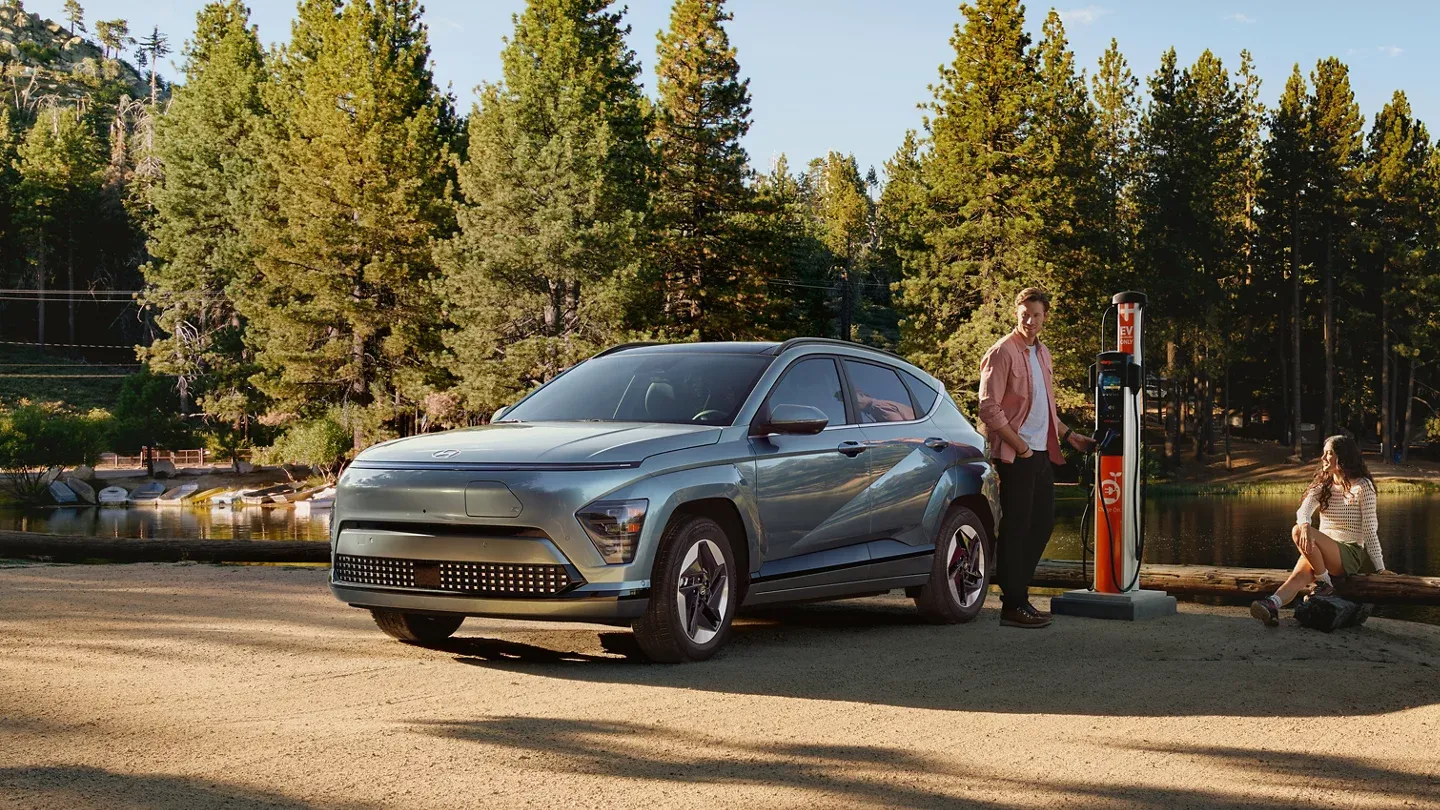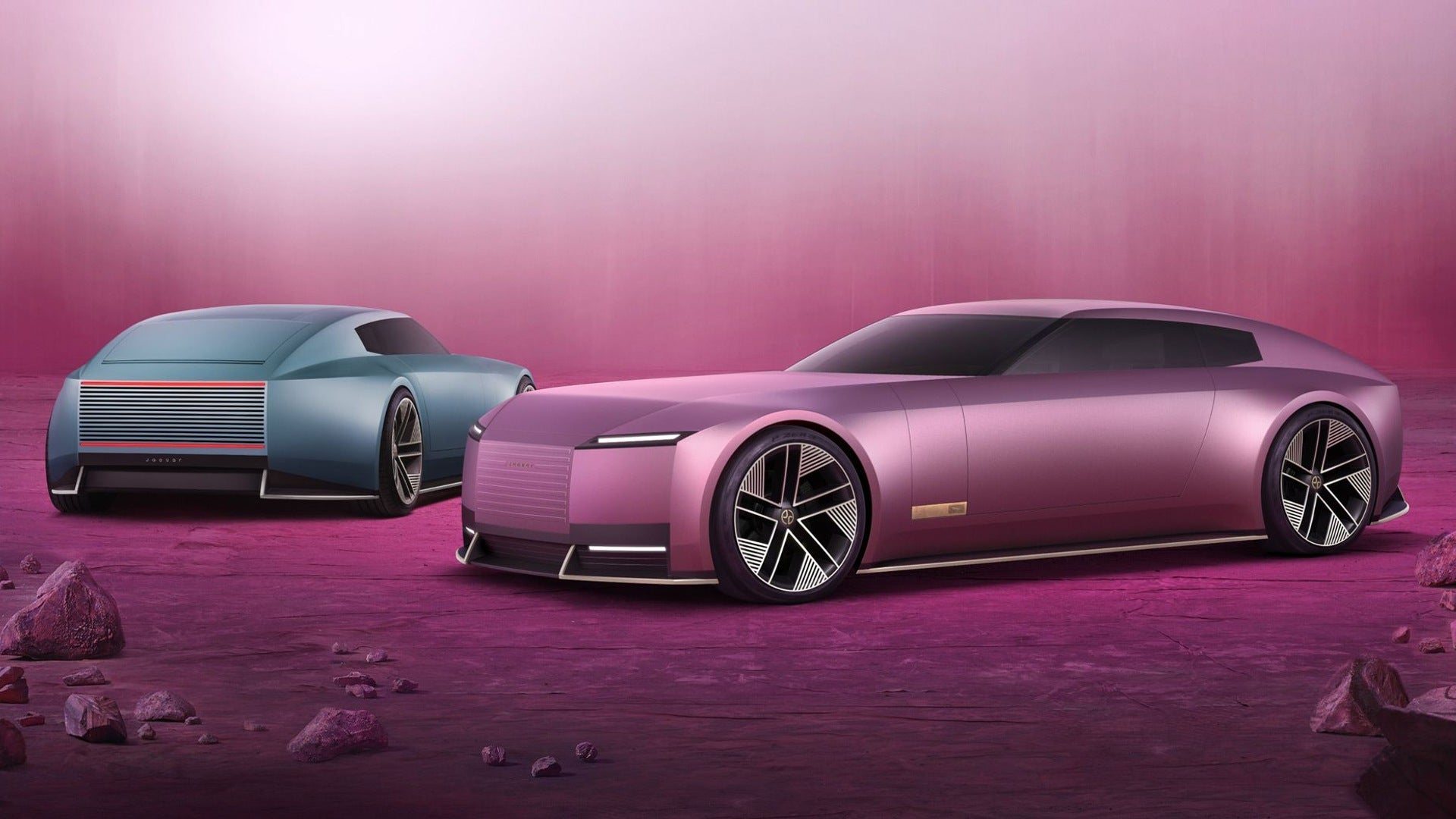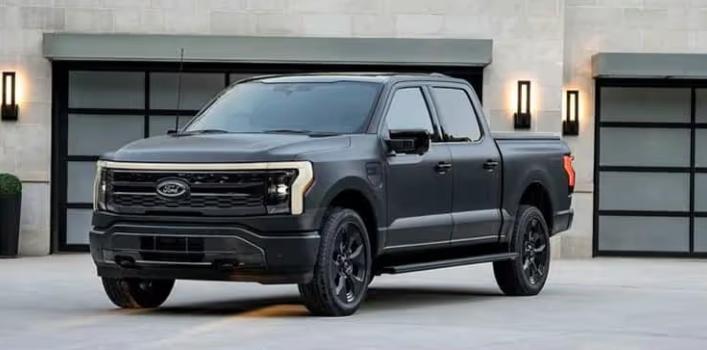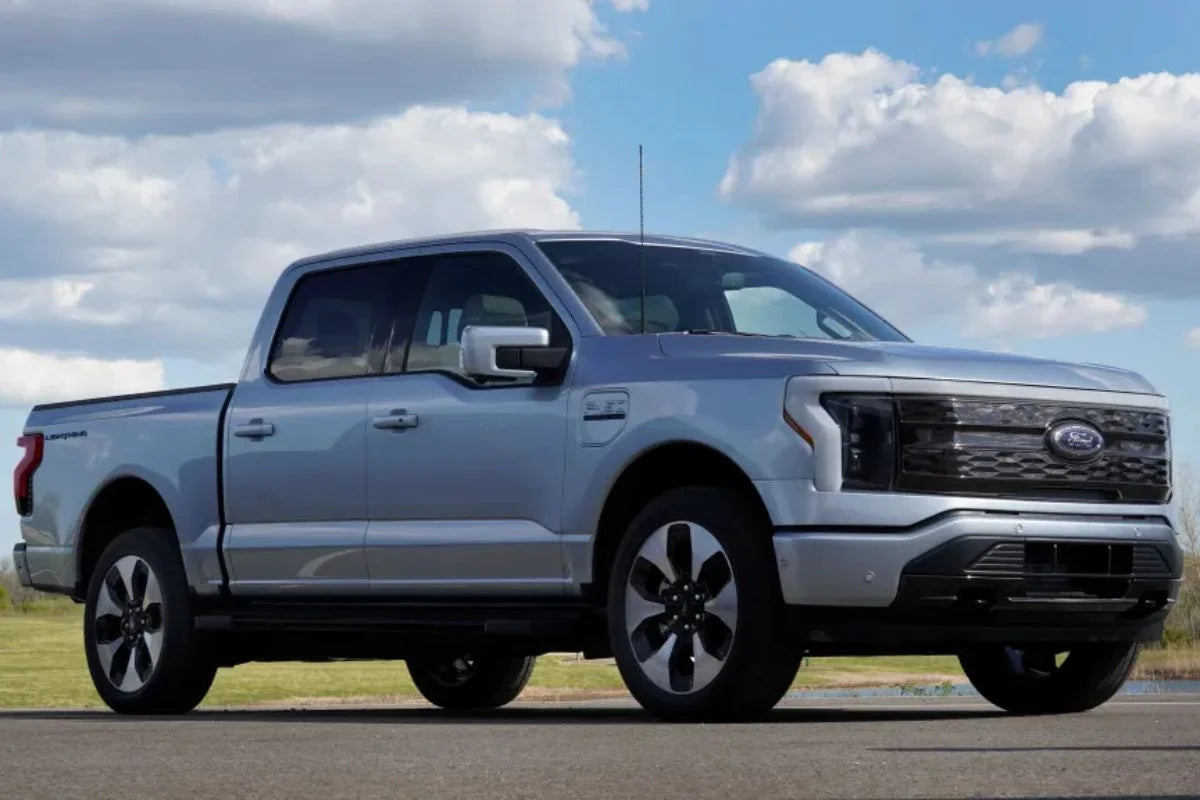Les véhicules électriques (VE) révolutionnent l'industrie automobile, mais une question se pose aux acheteurs : leur valeur se conserve-t-elle ? La dépréciation, c'est-à-dire la baisse de la valeur de revente d'un véhicule au fil du temps, est un facteur crucial pour les propriétaires de VE, notamment face à l'évolution du marché. Si certains VE conservent leur valeur de manière impressionnante, d'autres chutent plus rapidement que leurs homologues à essence. Ce blogue dévoile les secrets de la dépréciation des VE, met en avant les modèles qui conservent leur valeur en 2025 et explore les raisons de cette dépréciation, en abordant des aspects pratiques comme les chargeurs portables et les normes NEMA.
Comprendre la dépréciation des véhicules électriques : les bases
La dépréciation des véhicules électriques dépend de plusieurs facteurs : la longévité de la batterie, les avancées technologiques, la demande du marché et les mesures incitatives gouvernementales. Contrairement aux véhicules à moteur à combustion interne (MCI), les véhicules électriques sont confrontés à des défis spécifiques. Les progrès rapides de la technologie des batteries peuvent rendre les anciens modèles obsolètes, tandis que les inquiétudes concernant la dégradation des batteries (perte de capacité généralement de 1 à 2 % par an, selon une étude de 2024 du Conseil international pour les transports propres) dissuadent les acheteurs.
Cependant, tous les véhicules électriques ne se déprécient pas de la même manière. Les données d'iSeeCars (2025) montrent que les véhicules électriques perdent généralement 49 % de leur valeur après 5 ans, contre 39 % pour les véhicules à moteur thermique. Pourtant, certains modèles résistent à cette tendance, conservant jusqu'à 70 % de leur valeur d'origine. Examinons quels modèles résistent et pourquoi.

Les meilleurs modèles de véhicules électriques qui conservent leur valeur en 2025
1. Tesla Model 3 : la référence absolue
La Tesla Model 3 demeure un modèle phare en termes de conservation de valeur, conservant 72 % de sa valeur après 3 ans, selon Kelley Blue Book (2025). Pourquoi ? Le réseau robuste de Superchargeurs Tesla, les fréquentes mises à jour logicielles en direct et la forte fidélité à la marque maintiennent une forte demande. L'autonomie de la batterie de la Model 3 (jusqu'à 650 km dans la version Longue Autonomie 2025) séduit également les acheteurs d'occasion, tout comme sa compatibilité avec les chargeurs portables pour une flexibilité optimale en déplacement.
2. Rivian R1T : la star de la revente robuste
Le pick-up électrique Rivian R1T conserve 68 % de sa valeur après 3 ans (Edmunds, 2025). Sa conception robuste, ses impressionnantes capacités tout-terrain (par exemple, sa garde au sol de 35,5 cm) et son autonomie de 640 km en font un favori sur le segment en pleine expansion des camions électriques. L'accent mis par Rivian sur le développement durable et son intégration de connecteurs NEMA 14-50 pour la recharge à domicile de niveau 2 renforcent encore son attrait.
3. Hyundai Ioniq 5 : la concurrente abordable
La Hyundai Ioniq 5 conserve 65 % de sa valeur après 3 ans (Car and Driver, 2025). Son prix compétitif (à partir de 42 000 $ en 2025), son design élégant et sa capacité de charge rapide (charge rapide CC de 350 kW) en font une excellente option à la revente. Son autonomie de 486 km et sa compatibilité avec les chargeurs portables NEMA en font un véhicule pratique pour les acheteurs urbains et périurbains.

Pourquoi ces modèles ont de la valeur
Longévité et garantie de la batterie
L'état de la batterie est une préoccupation majeure pour les acheteurs de véhicules électriques d'occasion. Tesla offre une garantie de 8 ans/193 000 km sur la batterie, Rivian l'accompagne d'une garantie de 10 ans/282 000 km, et Hyundai offre une garantie à vie pour le propriétaire d'origine (modèles 2025). Ces garanties réduisent les risques pour l'acheteur et augmentent la valeur de revente. Par exemple, une étude de Battery University réalisée en 2024 a révélé que les batteries Tesla conservent 90 % de leur capacité après 320 000 km, ce qui rassure les acheteurs.
Infrastructure de recharge et compatibilité
L'accès aux infrastructures de recharge a un impact significatif sur la valeur de revente. Le réseau Supercharger de Tesla (plus de 60 000 bornes de recharge dans le monde en mai 2025) confère un avantage certain à la Model 3. Le partenariat de Rivian avec Electrify America et sa compatibilité avec les connecteurs NEMA 14-50 pour la recharge à domicile confèrent au R1T sa polyvalence. L'Ioniq 5 bénéficie de l'investissement de Hyundai dans les réseaux de recharge rapide en courant continu et de sa compatibilité avec les chargeurs portables, de plus en plus prisés par les propriétaires de véhicules électriques en quête de flexibilité.
Demande du marché et perception de la marque
La fidélité à la marque et les tendances du marché jouent un rôle majeur. Le culte de Tesla assure une demande constante de Model 3 d'occasion. L'accent mis par Rivian sur l'aventure séduit un segment de niche, mais en pleine croissance, des amateurs de plein air. La réputation de fiabilité et d'accessibilité de Hyundai fait de l'Ioniq 5 une valeur sûre pour les acheteurs soucieux de leur budget. Consumer Reports (2025) indique que la perception de la marque peut augmenter de 10 à 15 % la valeur de revente d'un véhicule électrique.

Modèles qui se déprécient plus rapidement (et pourquoi)
Tous les véhicules électriques ne conservent pas bien leur valeur. La Nissan Leaf , par exemple, perd 55 % de sa valeur en 3 ans (iSeeCars, 2025). Son autonomie limitée (240 km pour le modèle de base 2025) et ses vitesses de recharge plus lentes (charge rapide CC de 50 kW) la rendent moins compétitive. De même, la Chevrolet Bolt EV perd 52 % de sa valeur en raison de sa conception obsolète et de son manque de fonctionnalités avancées par rapport aux modèles plus récents. Ces véhicules électriques peinent à se vendre sur un marché où les acheteurs privilégient l'autonomie, la vitesse de recharge et la technologie.
Facteurs qui augmentent la valeur de revente des véhicules électriques
- Autonomie et efficacité : Les modèles offrant plus de 480 km d'autonomie, comme la Model 3 et la R1T, sont plus attractifs. L'efficacité (par exemple, kWh aux 160 km) est également importante : les acheteurs privilégient les véhicules électriques qui optimisent l'autonomie avec un minimum d'arrêts de recharge.
- Compatibilité de charge : les véhicules électriques qui prennent en charge la charge rapide (350 kW ou plus) et fonctionnent de manière transparente avec des chargeurs portables ou des chargeurs de niveau 2 conformes à la norme NEMA (comme le NEMA 14-50) séduisent les acheteurs en quête de commodité.
- Mises à jour logicielles : les mises à jour régulières, comme celles observées chez Tesla, permettent aux anciens modèles de rester compétitifs en ajoutant des fonctionnalités telles qu'une navigation améliorée ou des ajustements d'efficacité.
- Incitations gouvernementales : dans les régions où les véhicules électriques d'occasion sont éligibles à des rabais (par exemple, le programme de rabais sur les véhicules propres de Californie), la valeur de revente est augmentée.

Conseils pour minimiser la dépréciation pour les propriétaires de véhicules électriques
- Préservez la santé de votre batterie : Évitez les charges rapides CC fréquentes, qui peuvent accélérer sa dégradation. Utilisez des chargeurs de niveau 2 avec connecteurs NEMA à la maison, ou un chargeur portable pour une charge contrôlée.
- Maintenez le logiciel à jour : des mises à jour régulières peuvent améliorer les fonctionnalités et maintenir la valeur, en particulier pour des marques comme Tesla.
- Maintenance des documents : conservez des enregistrements des contrôles de l'état de la batterie et de l'historique d'entretien pour rassurer les acheteurs.
Choisissez des modèles à forte demande : optez pour des modèles à forte valeur de revente, comme le Model 3 ou l’Ioniq 5, si la revente est une priorité.
L'avenir de la dépréciation des véhicules électriques
Avec l'amélioration de la technologie des batteries – les batteries à semi-conducteurs sont attendues d'ici 2030, promettant une densité énergétique supérieure de 50 % (Nature Energy, 2025) – les taux de dépréciation pourraient se stabiliser. Le développement des infrastructures de recharge, notamment l'installation de bornes de recharge de niveau 2 compatibles NEMA dans les zones résidentielles, favorisera également la préservation de la valeur des véhicules électriques en les rendant plus pratiques. De plus, avec la maturation des marchés des véhicules électriques d'occasion, la demande de modèles fiables devrait augmenter, réduisant ainsi l'écart de dépréciation avec les véhicules thermiques.

Conclusion : Investissez judicieusement dans votre véhicule électrique
La dépréciation des véhicules électriques n'est pas un mystère. Des modèles comme la Tesla Model 3, la Rivian R1T et la Hyundai Ioniq 5 prouvent qu'une conception robuste, une compatibilité de charge robuste (incluant les chargeurs portables et les normes NEMA) et la fidélité à la marque peuvent maintenir des valeurs de revente élevées. En comprenant les facteurs de dépréciation – l'état de la batterie, l'infrastructure et les tendances du marché – les acheteurs peuvent faire des choix éclairés et minimiser la perte de valeur.
Que vous soyez propriétaire d'un véhicule électrique ou que vous envisagiez d'en acquérir un, choisir un modèle dont la valeur est reconnue et l'entretenir judicieusement peut garantir la pérennité de votre investissement. Rechargez intelligemment, conduisez durablement et voyez la valeur de votre véhicule électrique perdurer.








Partager:
Étiquette de recharge pour véhicules électriques : 10 habitudes qui agacent vos voisins
Comprendre les différences entre les prises NEMA 10-30P et NEMA 14-30P
1 commentaire
Great read this EV depreciation insight is eye-opening! The breakdown of why certain models like Tesla Model 3 and Ioniq 5 retain up to 70% value is super helpful. Thanks for sharing such practical analysis.